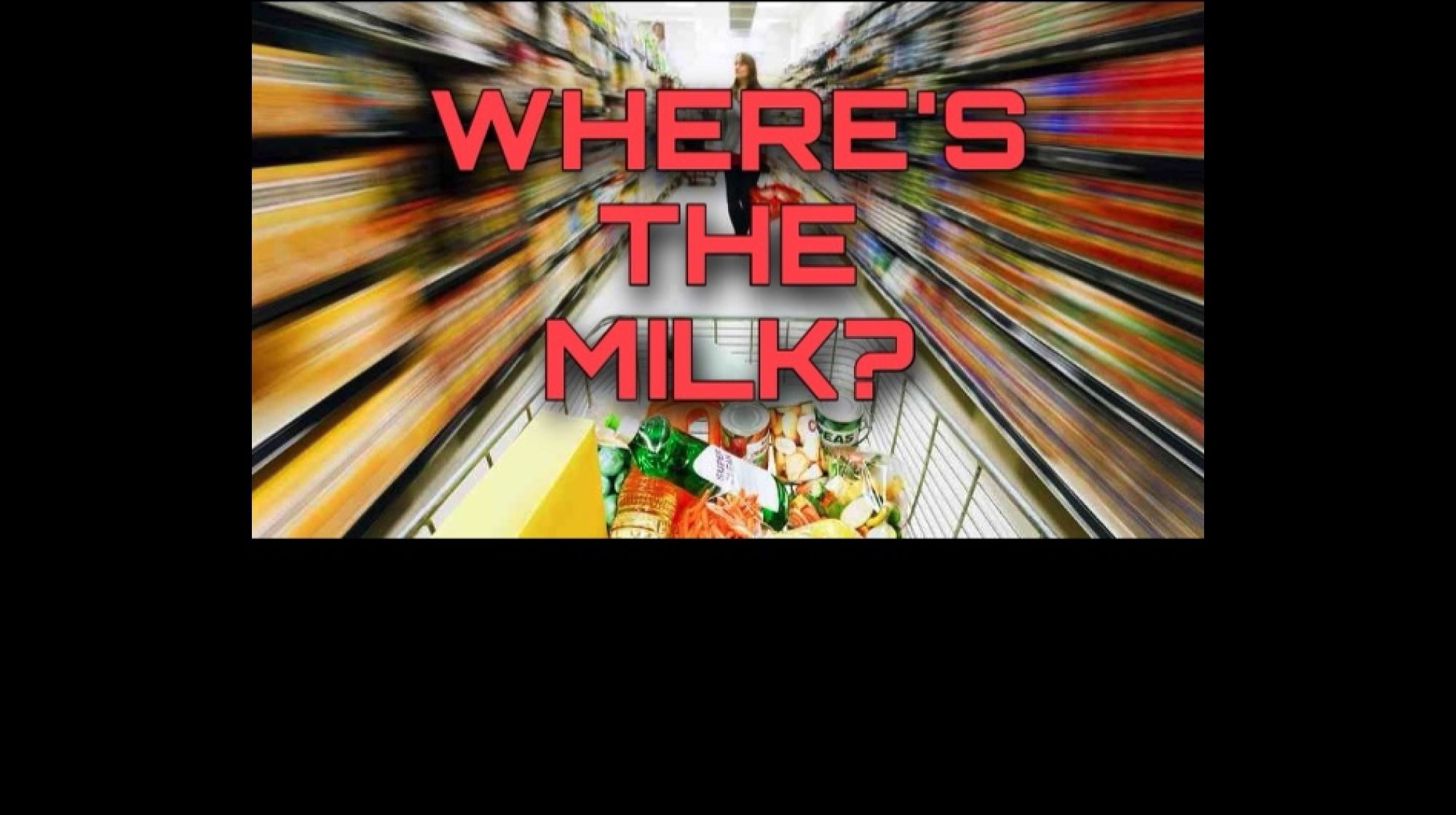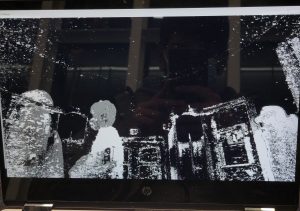An overview of what we did:
- We each attended the ethics seminar in person and that lead us to some design choice thoughts and considerations we had not gotten too on our own
- The main one was considerations on users customizing which items are available by our system to recognize
- Different approaches had different security concerns and user requirement concerns i.e. users updating the global data set
- The main one was considerations on users customizing which items are available by our system to recognize
- We had a couple meetings and conversation to go over our design changes and considerations
- We decided to have a global data set of images we have prescreened and tested for security / ethical issues, and have tester to meet user requirements
- Then the user’s can select from our global data set
- In a real world environment, we would institute a system for user’s to request additional items for us to screen and add to the global data set
- We decided to have a global data set of images we have prescreened and tested for security / ethical issues, and have tester to meet user requirements
In terms of what we will do this upcoming week, we hope to do the following:
- Meet to iron out the specific implementation of our integration components
- Get the raspberry pi’s running
- Finish sub systems so we can move to testing
The most significant risks that we know of thus far are:
- Interconnection between our subsystems
- We have a more high level idea of how the whole system works, but now we have to programmatically begin to implement them in our code
Changes To our schedule:
- There are no changes to our integration schedule of late, we are proceeding as planned
- Takshsheel is changing his schedule where he initially wanted the counter completed by this week which is moving to next week.


